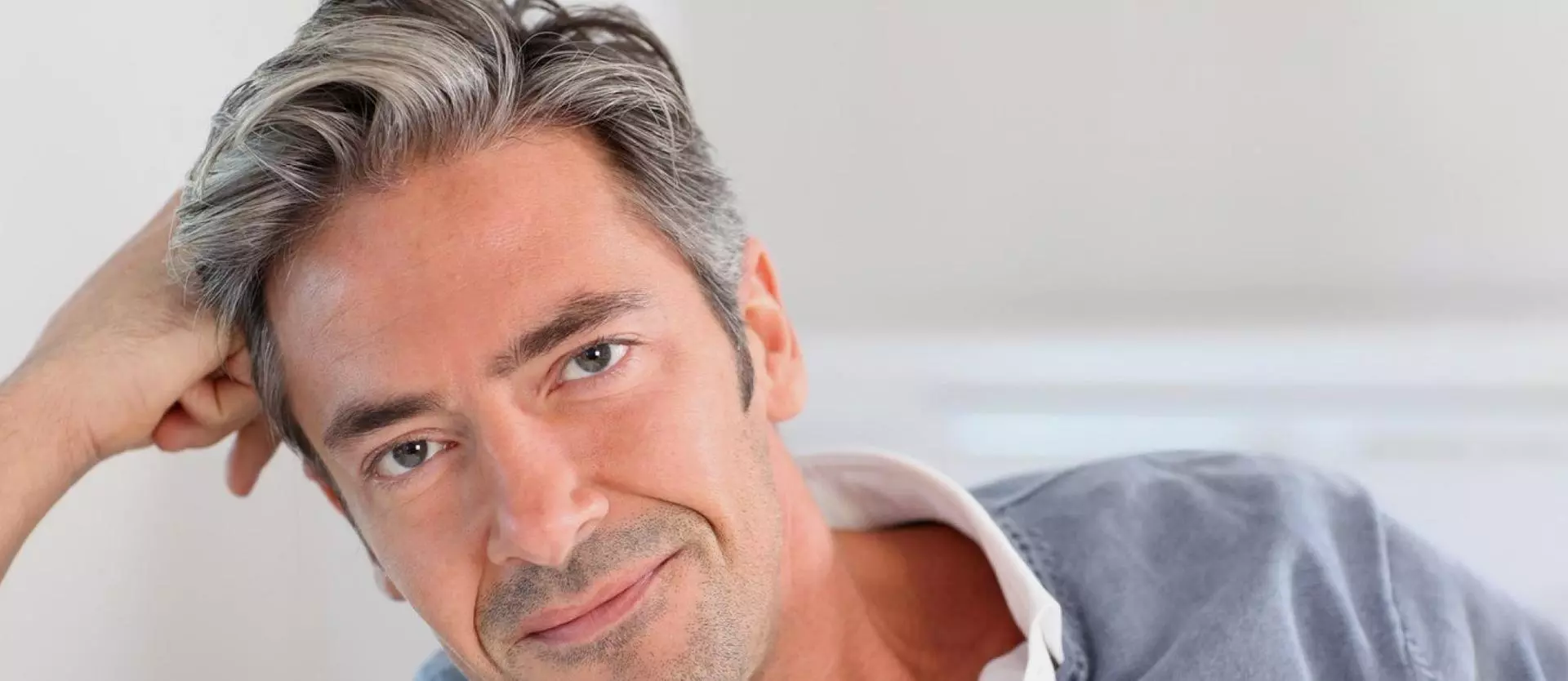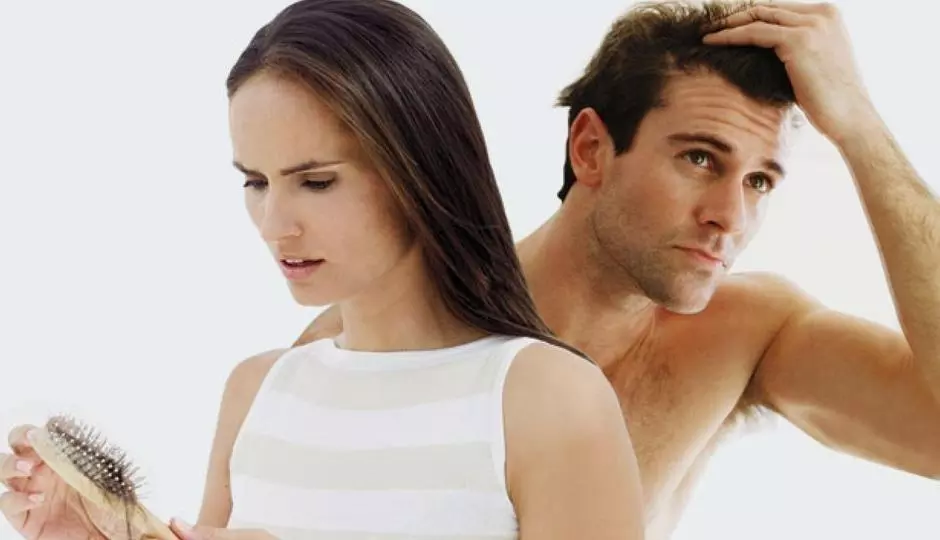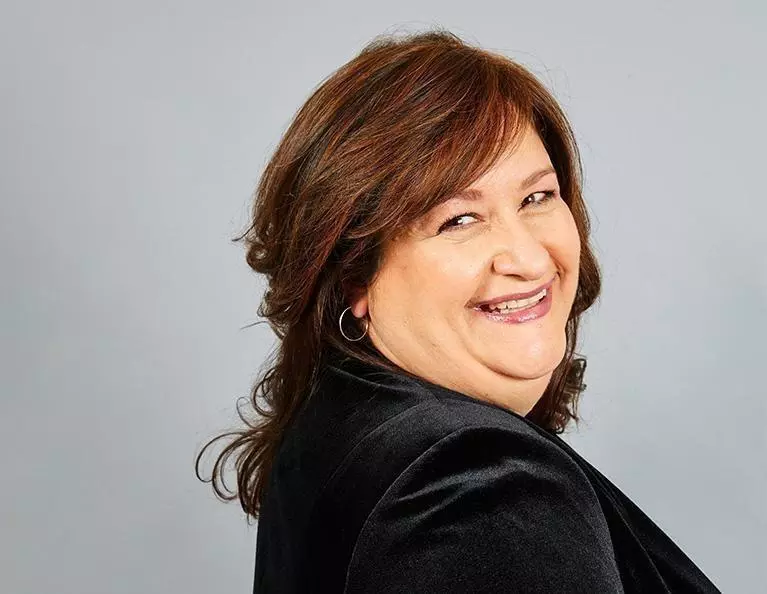You're getting old. You're super stressed. These are some of the most common "causes" for hair going gray. For those who are wondering what is really behind the change in color of their hair, think again. There are various reasons why your hair may fade from that dark black to gray or go from a light blonde to near white hair. What's most important is that you take into consideration that you can change hair color very easily, without a lot of cost, and without having to worry about long term side effects. Still, you probably want to know, why is your hair going gray?
You're Getting Older
The most common reason for hair to change color like this is simply because you are getting older. It's important to understand what colors the hair in the first place to understand why this changes. Your hair is made up of two key components. The shaft is the first. This is the part of the hair that grows out of the head – it's the colored part that you see. The second part is the hair root. This portion is at the very bottom of the hair and it helps to anchor the individual hair into the scalp so it stays in place.
The hair root sits in a hair follicle. A hair follicle is a tube of tissue. This is positioned just under the skin. It is where the root of the hair sits anchored into the scalp. The follicle is an important part of the hair growth process and also the hair coloring process. Within the follicle are pigment cells. These are what help influence the coloring of your hair. They control hair color because they actually produce a chemical known as melanin. This chemical helps to tell the hair what color to be.
Let's take a step back for a moment. Melanin is likely a term you've heard before. It is also the same chemical component that is used to change the color of the skin. It is produced in the follicles on all of your skin and plays a role in determining if your skin is darker and whether or not your skin tans – or burns – when exposed to the sun. The color of your hair normally relates to the amount of melanin that your pigment cells produce. All of this is controlled by genetics and your chemical makeup.
As noted, melanin is in control over the production of color in the hair. It helps to give the growing hair the color your genetics say it should be such as brown, black, red or blonde. So, what changes that causes your hair to lose this color?
Melanin, like many other components of the body, changes as we get older. The pigment cells are to blame. They die out over time. With fewer cells present to make melanin occur, your hair cannot become colored in the same way. The hair becomes more transparent in color. Now, not everyone has the same color of gray. Some people have very dark gray while others have near white. This again, has to do with your genetics and what those genetic instructions dictate. Initially, only some of the pigment cells die, which creates unevenly gray hair. For many people, though, this is a gradually worsening process until all of the hairs come in gray.
Why Are You 40 and Getting Gray Hair?
Some people as young as 20 and 30 begin to see their hair change color to gray. This is due to genetics. There is no way to change the color of your hair through your diet or through lifestyle changes. There are situations in which the pigment cells may die sooner, such as due to some chemicals used in chemotherapy. However, once they are gone, there is no way to bring them back.
It's important to know that there is no health-related risk for gray hair. In fact, you really can only blame your parents and grandparents for your hair getting gray before you are ready for it to. Nevertheless, graying hair really isn't due to the stress your kids cause, but to the genes in your DNA that are telling your pigment cells when and how much color to product.
Contact the hair specialists at Unique Hair Concepts to learn more.






